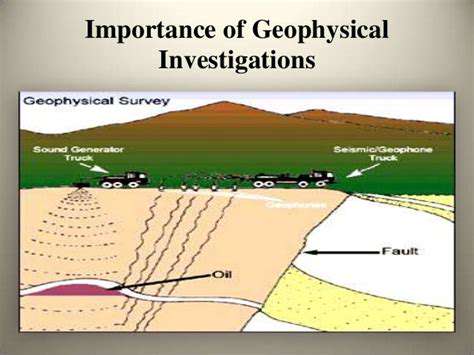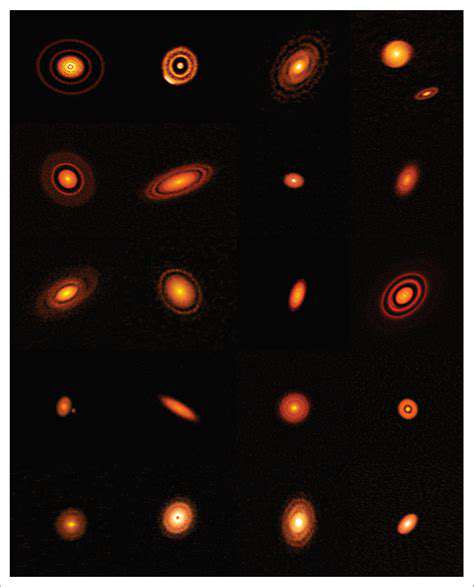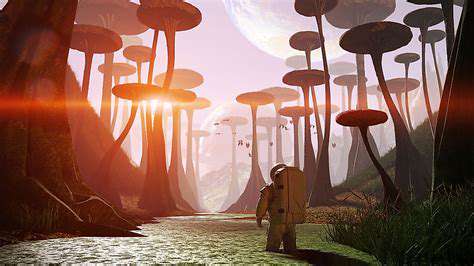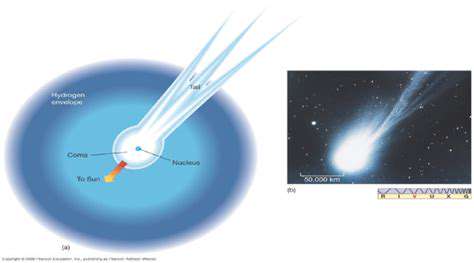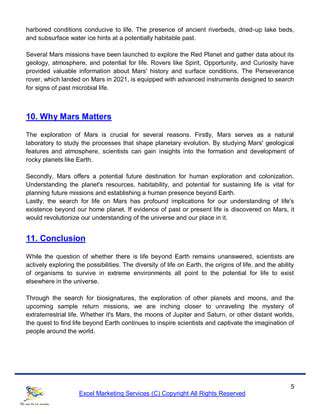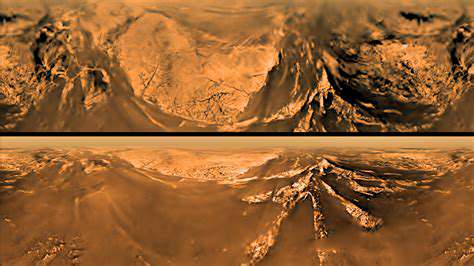Pluto's Demoted Status and Rediscovered Importance
Pluto's controversial reclassification in 2006 initially disappointed many but ultimately led to greater scientific appreciation. The discovery of similar Kuiper Belt objects forced astronomers to refine planetary definitions, demonstrating science's evolving nature. While the demotion disappointed some, it sparked renewed scientific interest in Pluto's unique characteristics.
The New Horizons mission shattered previous assumptions, revealing Pluto as a geologically active world with stunning complexity. Its diverse terrain of nitrogen glaciers, water-ice mountains, and shifting plains shows dynamic processes continuing today. Understanding Pluto provides critical insights into our solar system's early days and terrestrial planet formation.
New Horizons' Unveiling of a Dynamic Landscape
New Horizons' breathtaking images transformed Pluto from a pixelated dot to a world of surprising diversity. The spacecraft revealed exotic ice formations, evidence of cryovolcanism, and possible subsurface oceans - completely overturning the frozen ice ball stereotype. These findings prove Pluto remains geologically active despite its distance from the Sun.
The mission's instruments gathered unprecedented atmospheric and compositional data, offering clues about solar system formation. This information helps scientists reconstruct conditions during our planetary system's infancy.
Exploring Pluto's Moons and the Kuiper Belt
New Horizons extended its investigation beyond Pluto to the Kuiper Belt, examining Pluto's largest moon Charon and revealing their complex gravitational relationship. The spacecraft's Kuiper Belt observations showed remarkable object diversity, providing critical information about our solar system's early development.
Studying these distant objects helps scientists understand planetary formation processes. New Horizons' findings continue to reshape theories about outer solar system evolution, highlighting the need for continued exploration of this scientifically rich region.
Beyond Pluto: Exploring the Kuiper Belt
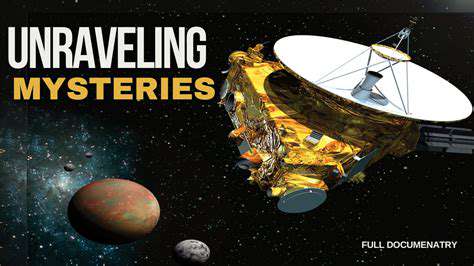
Exploring the Realm Beyond Pluto
The Kuiper Belt represents a frozen archive preserving conditions from our solar system's birth. This distant region contains primordial objects that avoided planetary incorporation, making them invaluable for understanding our cosmic origins. Scientists believe these icy bodies formed from the same protoplanetary disk as planets but followed different evolutionary paths.
Dwarf Planets and Other Ice Worlds
Pluto, now recognized as the Kuiper Belt's largest resident, shares this region with numerous dwarf planets and smaller icy bodies. These frozen worlds hold critical clues about our solar system's formation. Composed primarily of water ice, methane, and other volatiles, their study helps reconstruct early solar system conditions.
The Formation and Evolution of the Kuiper Belt
Astronomers continue debating the Kuiper Belt's formation, but prevailing theories suggest it represents leftover material from solar system formation. Understanding this distant region is essential for piecing together our solar system's origin story. Its composition and structure provide unique insights into planetary formation processes.
Missions to the Kuiper Belt
Following New Horizons' success, additional Kuiper Belt missions are in development. Future spacecraft will gather data that could revolutionize our understanding of this distant region's composition and history. Some propose missions to physically sample these ancient icy bodies.
Future Exploration and Research
Continued Kuiper Belt exploration remains crucial for solar system science. Next-generation telescopes and spacecraft technologies will reveal secrets hidden in these distant reaches. Researchers are developing new instruments specifically designed to study these primitive objects in greater detail.
Choosing appropriate transportation for feline companions ensures comfortable journeys. Consider your cat's size and personality when selecting a carrier. Proper sizing allows natural movement while preventing excessive space that might cause anxiety. Material selection matters greatly - opt for durable, well-ventilated designs that maintain comfort in various climates. Easy cleaning features and portability should also influence your decision.
The Scientific Legacy of New Horizons
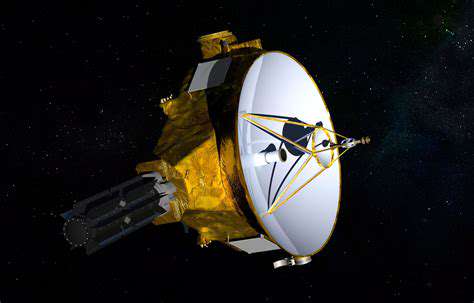
The Dawn of a New Era in Planetary Exploration
New Horizons' 2015 Pluto encounter fundamentally changed planetary science. The mission transformed our view of Pluto from a simple icy world to a geologically complex body with ongoing activity. This success demonstrated robotic exploration's power to reveal distant worlds' secrets, paving the way for future Kuiper Belt investigations.
Pre-New Horizons, Pluto appeared as a blurry speck. The mission revealed nitrogen glaciers, water-ice mountains, and potential cryovolcanoes - features suggesting surprising geological vitality despite extreme cold and distance from the Sun.
Unveiling the Secrets of the Kuiper Belt
Beyond Pluto, New Horizons explored the Kuiper Belt's icy remnants from solar system formation. Studying diverse Kuiper Belt objects helps scientists reconstruct our solar system's early history. The mission's examination of Arrokoth provided particularly valuable insights into primordial accretion processes.
Advancing Our Understanding of Planetary Formation
New Horizons' data significantly advanced planetary formation theories. By studying these distant objects, we're learning about the fundamental building blocks of planets. The mission's findings continue to influence models of solar system evolution, particularly regarding icy body formation.
Inspiring Future Generations of Scientists
New Horizons has captivated aspiring scientists worldwide, particularly in planetary science. The mission's success demonstrates robotic exploration's potential while inspiring public wonder about the universe. Its legacy includes motivating future innovators to push exploration boundaries further.
Looking Ahead: Future Missions and Discoveries
Beyond Pluto: Unveiling the Kuiper Belt
While Pluto was New Horizons' primary target, its Kuiper Belt observations proved equally valuable. Future missions will expand our knowledge of this ancient region's diverse inhabitants, potentially revealing new insights about solar system formation. Detailed study of Kuiper Belt objects' compositions and structures may answer fundamental questions about planetary origins.
Exploring the Outer Solar System: Potential Targets
The outer solar system contains numerous intriguing targets for future exploration. Beyond known Kuiper Belt objects, potential dwarf planets await discovery. Future missions might revisit Pluto for more detailed study or investigate Uranus' and Neptune's intriguing moons, each offering unique scientific opportunities.
Advanced Technology and Instrumentation for Future Missions
Next-generation space exploration demands technological innovation. Improved propulsion, navigation, and instrumentation will enable more detailed study of distant objects. Advanced data analysis techniques will be crucial for interpreting the vast information these missions will collect, potentially leading to groundbreaking cosmic insights.

